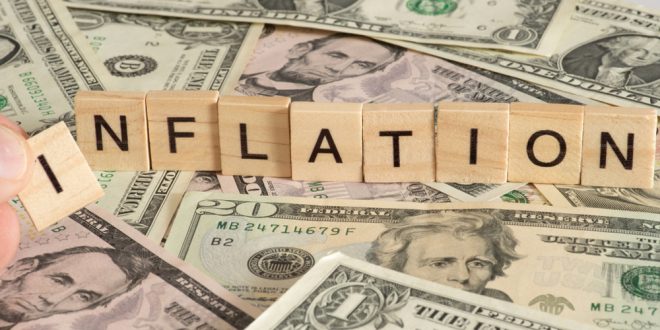The CPI report’s inflation data reveals greater price growth in February, indicating that the road to more reasonable consumer price increases following a pandemic-induced jump may remain rough.
According to the Labour Department’s consumer price index, overall prices increased 3.2% over the previous year, slightly higher than 3.1% in January. Core prices, which exclude volatile food and energy goods and are carefully monitored by the Federal Reserve, rose 0.4% following a similar increase in January. That reduced the yearly growth from 3.9% to 3.8%, the lowest since May 2021.
After reaching a 40-year high of 9.1% in June 2022, inflation rates have been progressively declining; nevertheless, after quick progress in the decline, price increases have become more erratic. Over the past year, a number of commodities have become more affordable due to the resolution of supply chain issues associated to the epidemic, including secondhand automobiles, furniture, and appliances. But the price of services, such auto insurance, rent, and transportation, keeps going up, partly due to rapidly increasing labour costs.
Barclays projects that by year’s end, core inflation will have fallen to 3.1% and total inflation will have somewhat slowed to 2.9%, both of which are still much higher than the Fed’s target of 2%.
Last week, Fed Chair Jerome Powell testified before Congress that the bank will probably lower its benchmark interest rate this year, but only after further proof that inflation is steadily approaching the Fed’s target is gathered. In an effort to control inflation, the Fed has raised its benchmark short-term rate from near zero to a 22-year high of 5% to 5.25% since March 2022; however, since July, authorities have taken a break.
Depending on the trajectory of inflation over the next months, the Fed may decide to hold off on raising rates in response to Tuesday’s index report. Kathy Bostjancic, chief economist for Nationwide, thinks the Fed won’t begin reducing rates until at least June.

 Noor Trends News, Technical Analysis, Educational Tools and Recommendations
Noor Trends News, Technical Analysis, Educational Tools and Recommendations




